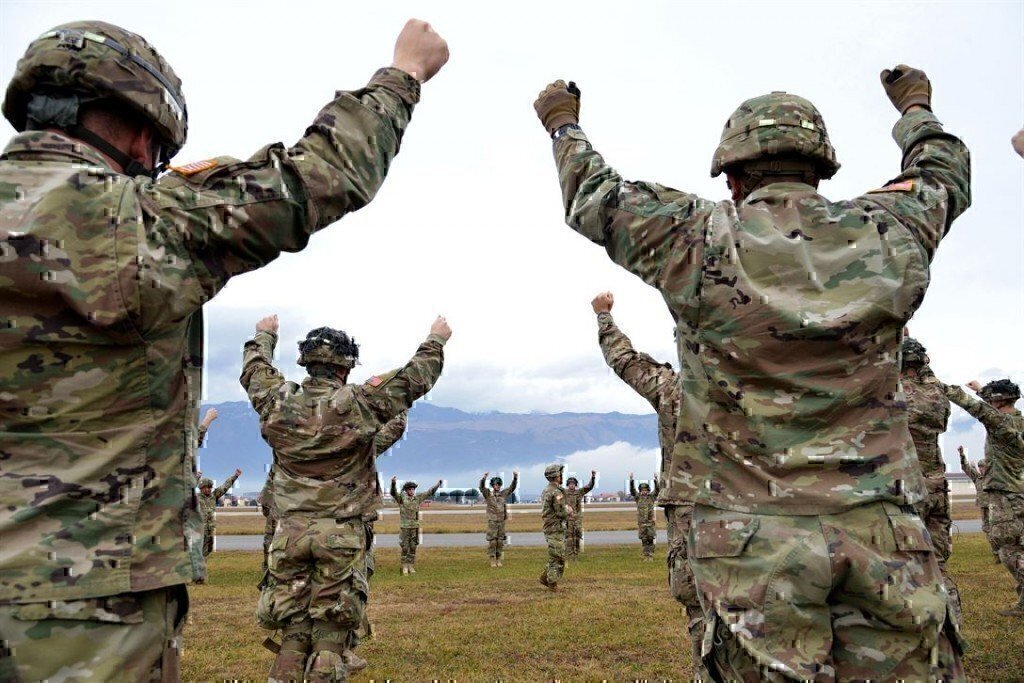There are nearly 300 transitioning service members who separate from the military every month at Fort Drum. The northern New York post, home to the 10th Mountain Division since 1985, includes a Soldier for Life-Transition Assistance Program (SFL-TAP) Center with 16 professionals to help transitioning soldiers find their next adventure.
We asked Lorrie Guler, transition services manager at Fort Drum and a retired Army major, what insights she and her staff have gained through assisting thousands of transitioning service members, and what advice they have for you.
What programs do you offer beyond Transition GPS?
The Fort Drum SFL-TAP hosts quarterly career fairs, industry orientation days, employer days, hiring events and information tables. We also connect employers with our SFL-TAP staff to conduct staff training. We have recently starting hosting Facebook Live events to connect local employers to service members around the world. In addition, we offer a growing list of Career Skills Programs.
What are you most proud of when you discuss your installation’s TAP initiatives?
We truly want to provide services and tools to our service members that will assist them with career development – not simply check a block to complete Career Readiness Standards. If they initiate services in a timely manner, we are able to distribute scheduling of services over six months, which allows them to process information and schedule around unit activities. Distributing services over time also discourages the “fire-and-forget” mindset. The PROCESS of transition is reinforced throughout.
List three best practices you would recommend to other installations:
1) Market to leaders how the program relates to readiness at the tactical as well as the strategic levels. Leaders will “buy-in” if they understand that connection.
2) Provide education to your service members about various industries. Don’t propagate the belief that service members are niched in a career field based on their military occupations.
3) Remember that service members have, in general, three choices when they initiate services: reenlistment, transfer to the USAR or National Guard, or complete separation. If separating, they, again and in general, have three choices: employment, education, or entrepreneurship (or a combination). Service members should keep this in mind throughout their career decision-making process.
What impact has implementation of the Military Life Cycle had on how prepared service members are for transition?
Implementation of the Military Life Cycle has been sporadic, and SFL-TAP has not noticed any impacts at this point.
In your opinion, what is the biggest challenge facing transitioning service members today?
One of the biggest challenges facing service members who have decided to separate from the service is a lack of knowledge about industries and opportunities in those industries.
How can they overcome this challenge?
The best way to overcome this lack of knowledge is education, education, education. They must take advantage of every opportunity to attend information sessions offered by their respective TAP centers, offered via social media, and at employer events. They must understand how to do their own labor market research.
How far out from separation do you recommend separating service members begin the TAP program?
Career development is a life-long process. Thinking about one’s career is not something that can be done effectively when DoD tells them it is time to do it. At that point, it is too late. They should be thinking about long- and short-term goals as soon as they enter the military, if not sooner. For this reason, and because this life-long planning does not typically occur, service members should start TAP as soon as they are eligible.
How long before separation do you recommend service members begin applying to jobs?
When to apply really depends on the job. Service members should start looking at six months out. Some companies, especially with the aging workforce, are building pipelines of candidates. Some are seeking candidates that can be immediate hires.
What common mistakes do service members make that hurt their chances for meaningful employment?
Service members tend to limit their job search based on location and a narrow view of their skills and attributes.
READ NEXT: UNDERSTANDING CIVILIAN RETIREMENT PLANS
Do you recommend military job seekers prepare cover letters?
I definitely recommend service members prepare cover letters. Even if not specifically required, it demonstrates going above and beyond to an employer and is good practice for the job seeker.
What are the most common mistakes you see with cover letters?
The most common mistake on cover letters is the failure to adequately and effectively “market” the résumé to the employer.
What are the most common mistakes you see with résumés?
A common issue with résumés is that bullets lack substance. They don’t adequately and effectively capture the knowledge, skills and abilities of the service member.
What are the most common interview mistakes?
The most common interview mistake is not practicing. I tell service members to practice responding to a variety of interview questions. Say the responses out loud and work on them until they feel comfortable.
What is the top thing transitioners fail to do when preparing to separate from the military?
Many service members fail to adequately assess their financial situation. Again, transition is a process and requires planning and work. Having a sound handle on finances is key to a successful transition.
What is the most common misconception veterans or their spouses have about getting out of the military? What is the reality?
Unrealistic expectations about starting pay and benefits in post-military employment pervades those transitioning out of the military. The reality is that they will, typically, start at a lower salary, but, in many cases, they will progress more rapidly once established.
How important is social media for military job seekers today?
Knowing how to navigate a variety of social media outlets is very important in today’s labor market. Social media facilitates awareness of employment opportunities as well as networking opportunities.
What social media network do you recommend most to transitioning service members?
We more often promote LinkedIn to service members going through the program.
What is the most popular optional training track at your facility: Accessing High Education, Career Technical Training or Entrepreneurship?
Accessing Higher Education has the most participation, but Boots to Business (B2B) generates the most post-seminar activity, i.e. requests for individual counseling.
What’s your best piece of advice for veterans transitioning out of the military?
Take advantage of every opportunity to network and to learn about the opportunities that are available. Knowledge is empowering. If applicable, remember: Reenlistment is an option.




